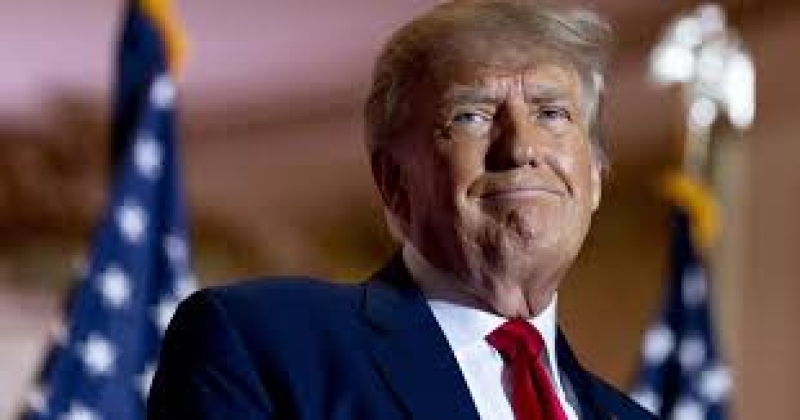- CA Yunus pays homage to Liberation War martyrs on Victory Day |
- Bangladesh capital market extends losing streak for second day |
- Bangladesh celebrates Victory Day Tuesday |
- 'Different govts presented history based on their own ideologies': JU VC |
Trump Imposes Tariffs on Mexico, Canada, and China

US President Donald Trump has announced the imposition of 25% tariffs on imports from Canada and Mexico and 10% on goods from China, effective Tuesday, risking a potential trade war. The move, ordered through three separate executive actions signed after a golf outing in Florida, aims to address what Trump calls a national emergency involving the drug fentanyl and illegal immigration.
The tariffs will specifically target energy products, with Canadian energy imports facing a 10% duty, while Mexican energy imports will bear the full 25% tariff. The decision will hit sectors like the automotive industry, where cross-border supply chains between the US, Canada, and Mexico are integral.
The announcement triggered immediate retaliation threats from both Canada and Mexico, but no immediate response came from China. White House officials indicated the tariffs would remain until the "crisis" is alleviated, although no clear criteria for this were provided. The tariffs align with Trump's longstanding threats and campaign promises, despite warnings from economists about the risks of a trade war, which could slow global growth and fuel inflation.
While Republicans have largely supported the move, industry groups and Democrats have raised concerns. Jake Colvin, President of the National Foreign Trade Council, warned that the tariffs could lead to higher costs for consumers, affecting everything from avocados to automobiles.
Canadian officials expressed outrage, with Ontario Premier Doug Ford pledging to retaliate dollar for dollar, and Nova Scotia's Premier Tim Houston ordering the removal of all US-imported alcohol from stores. Prime Minister Justin Trudeau, who had previously warned of retaliation, was expected to respond publicly.
Mexico, while not issuing an immediate response, is expected to impose its own tariffs, with the country stating its intent to act swiftly. Meanwhile, the White House announced that Canada and Mexico would no longer receive exemptions for small shipments under $800, which were often used to transport fentanyl and its precursor chemicals into the US.
Trump’s decision to invoke the International Emergency Economic Powers Act and the National Emergencies Act to impose these tariffs has raised concerns among trade lawyers, with many predicting legal challenges. White House officials emphasized that if Canada, Mexico, or China retaliated, further tariffs could be imposed.
The economic consequences of Trump's tariff strategy are significant. A model from EY’s Chief Economist Greg Daco predicts a 1.5% reduction in US growth, with Canada and Mexico potentially facing recessions and the US grappling with stagflation—a mix of economic stagnation and inflation. Financial markets have already shown signs of volatility, with the Mexican peso and Canadian dollar slipping and US stock prices falling.
Trump’s move represents a bold, unilateral shift in US trade policy, one that could have far-reaching effects on the US economy and its relationships with key global partners.

